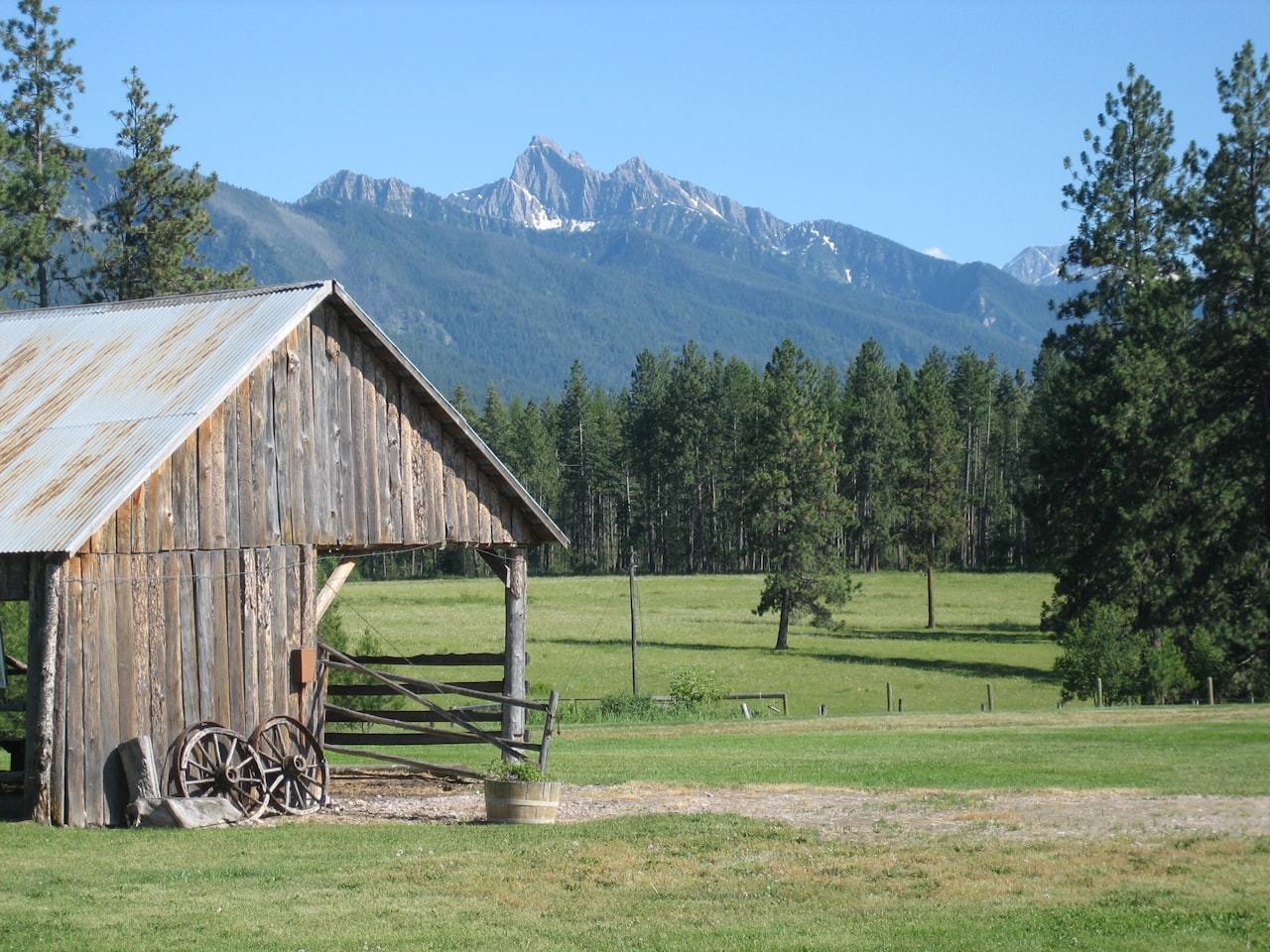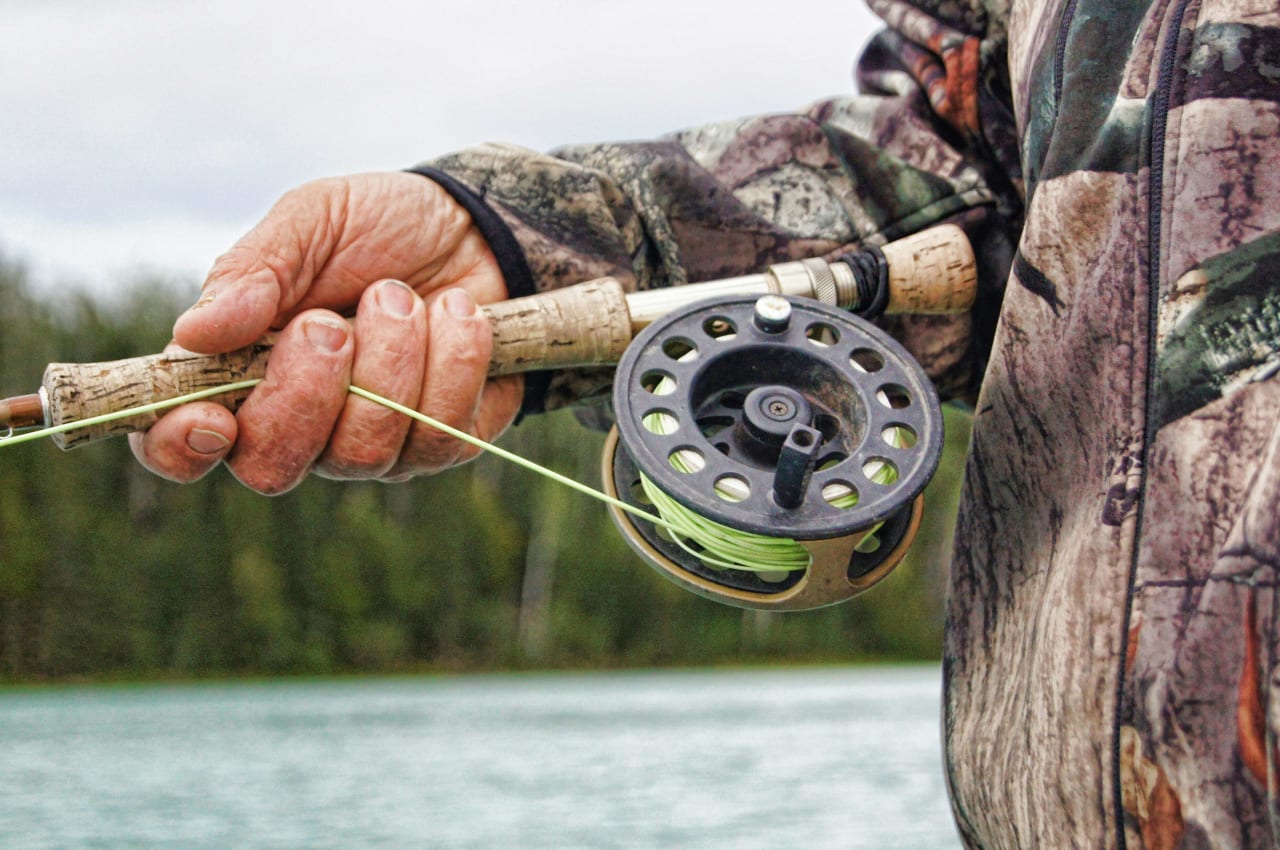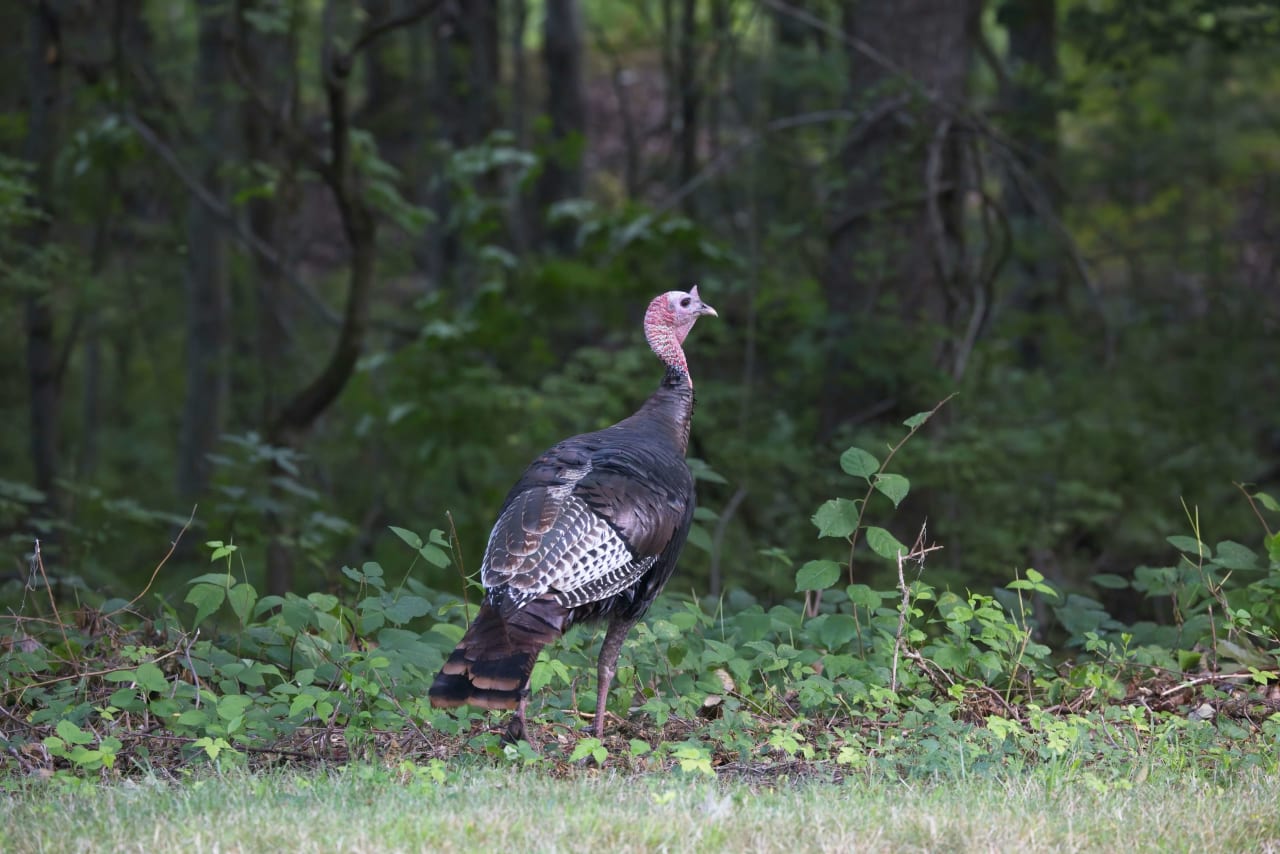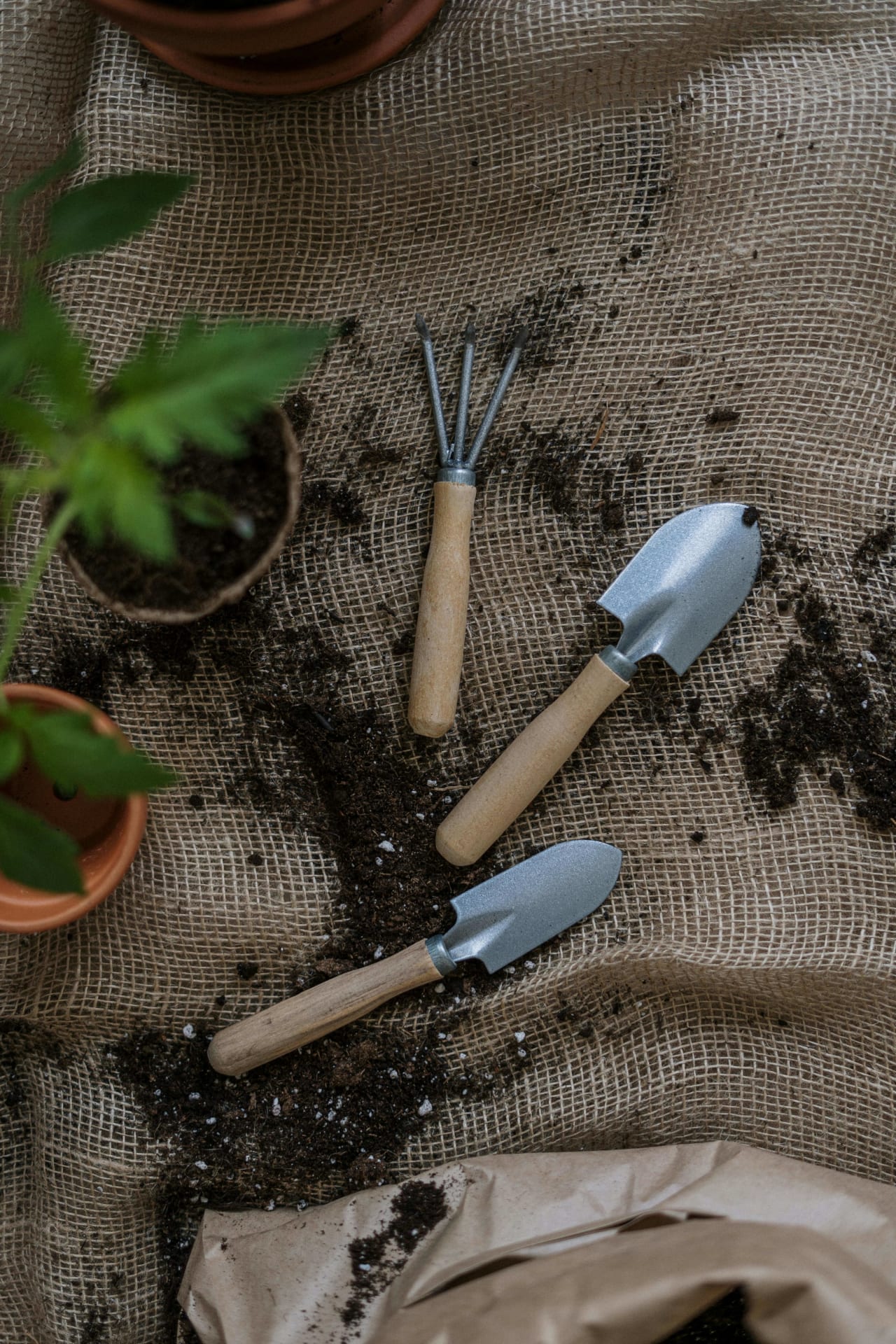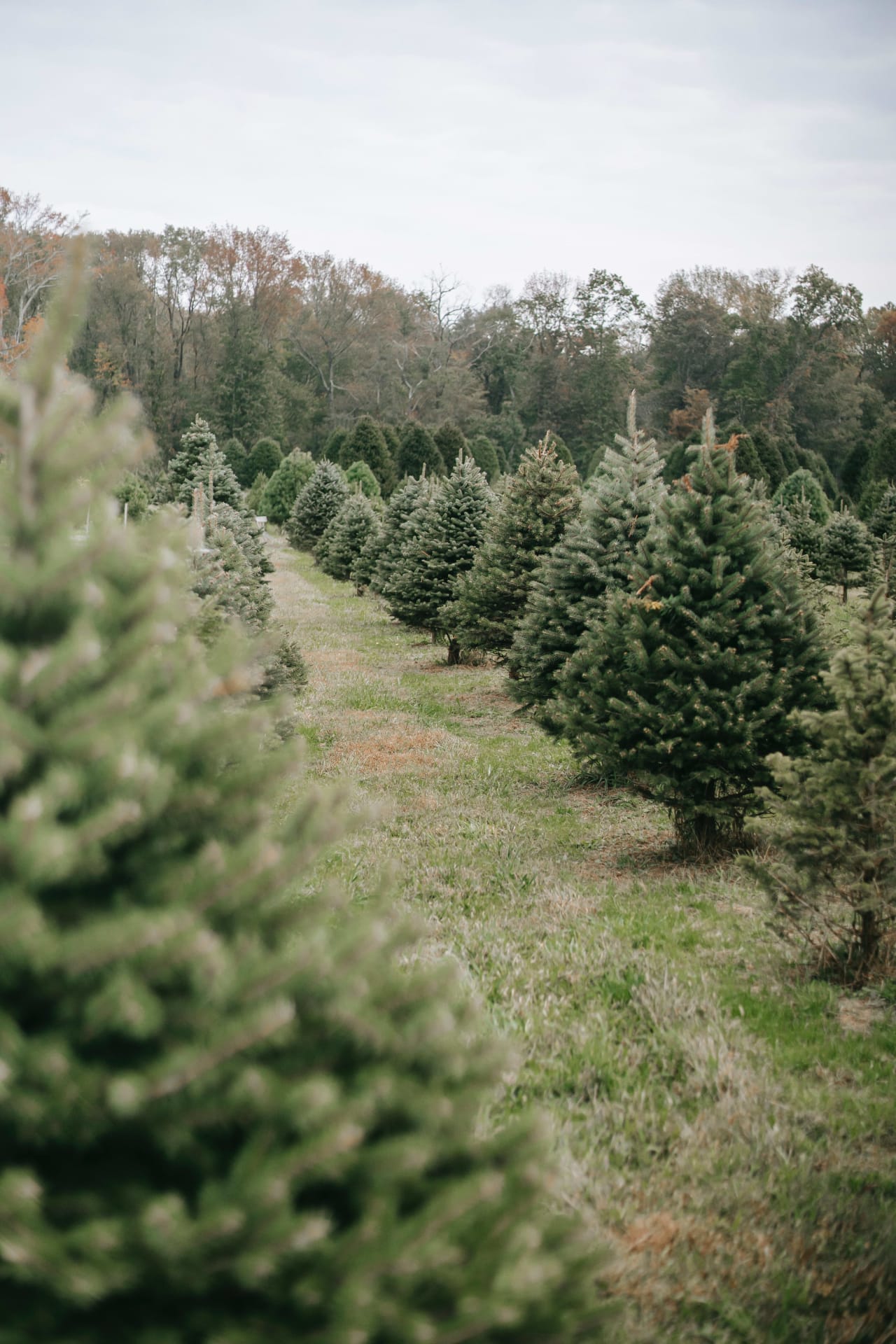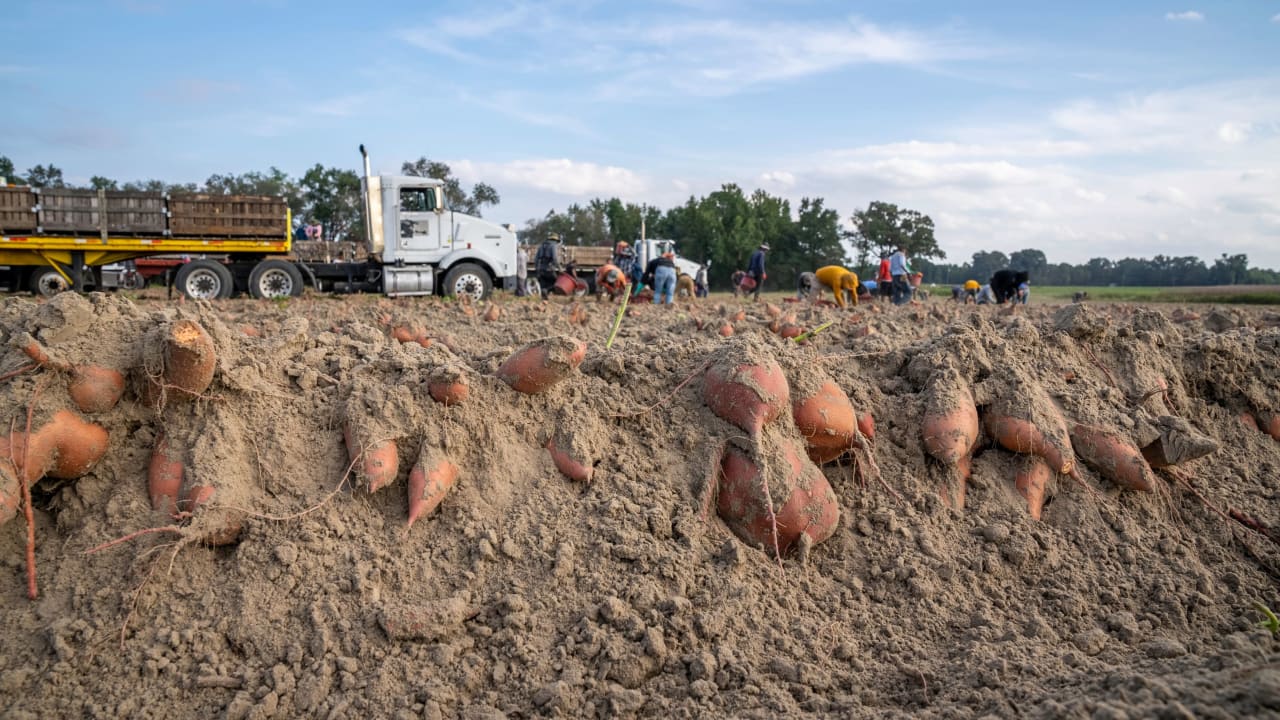When driving through the Central North Carolina countryside nothing is more picturesque than horses grazing peacefully in rolling, green pastures. You know you’re in horse country. You want to keep your dream horse farm just as appealing.
Well managed pastures are not only beautiful to see, but also key to good horse health and management. Pasture is the most natural diet for the horse. A well-managed pasture with a balance of grass and legume forage will meet most of the nutritional needs of the average horse. It is also a place for horses to exercise and socialize, contributing to their physical and mental health.
Safety First
Keep pastures cleared of debris, equipment, and fallen tree limbs. Pastures must be a safe environment for horses. Be sure fences are strong and in good repair. Check daily for broken boards and posts. After a storm check again for foreign objects that may have blown down or in the pasture from neighboring properties. In addition to keeping horses confined, the pasture fences should guard against predators like dogs and coyotes.
A Healthy Pasture
In addition to a safe place to keep horses, the goal of good pasture management is to have a good stand of grass with as few weeds as possible. A healthy pasture is achieved by sowing the best species of grass and legumes for the climate and soil, proper fertilization, weed control, and pasture rotation.
Do a soil test every three to four years. Pick up a soil sample kit from your county extension agent. There may be a small fee to have your soil tested. When your results are in your agent will help you interpret them and advise you on what minerals you might need to add to your pasture. Your livestock agent can also advise you on the best species of grass and legume to plant.
Prevent over-Grazing. Keep established pastures healthy by preventing over-grazing. Do this by limiting the number of horses to no more than two per acre. If you do not follow this guideline then you have a paddock, not a pasture.
In addition, divide your pasture into sections and rotate horses between pastures so the land can rest for two to four weeks at a time. You can spread manure on the resting pastures to help fertilize the grasses and keep horses from picking up parasite eggs dropped with the manure. Keep horses off the pasture when it is muddy to avoid their hooves cutting into and destroying the turf. This is especially important with newly seeded pastures.
Control weeds by regular mowing. Some weeds are toxic if eaten by the horses and weeds can overtake the grasses and legumes. The best time to mow is while horses are rotated off the section. Set the mower to cut the pasture height at 4-5 inches. This height results in leafier and more palatable food. A healthy pasture chokes out the weeds. Use of herbicides should be done only as a last resort.
Fertilize. Grass pastures will need nitrogen fertilizer once a year. Your soil test may indicate other nutrients that should be added. Reseed any bare spots. Check with your extension office for the best time of year to reseed. It will depend on the species.
Follow these guidelines and your pastures will be green and provide a healthy environment for your horses and add value to your horse property.
Managing Your Horse Property’s Pastures article for Horse Owners.
